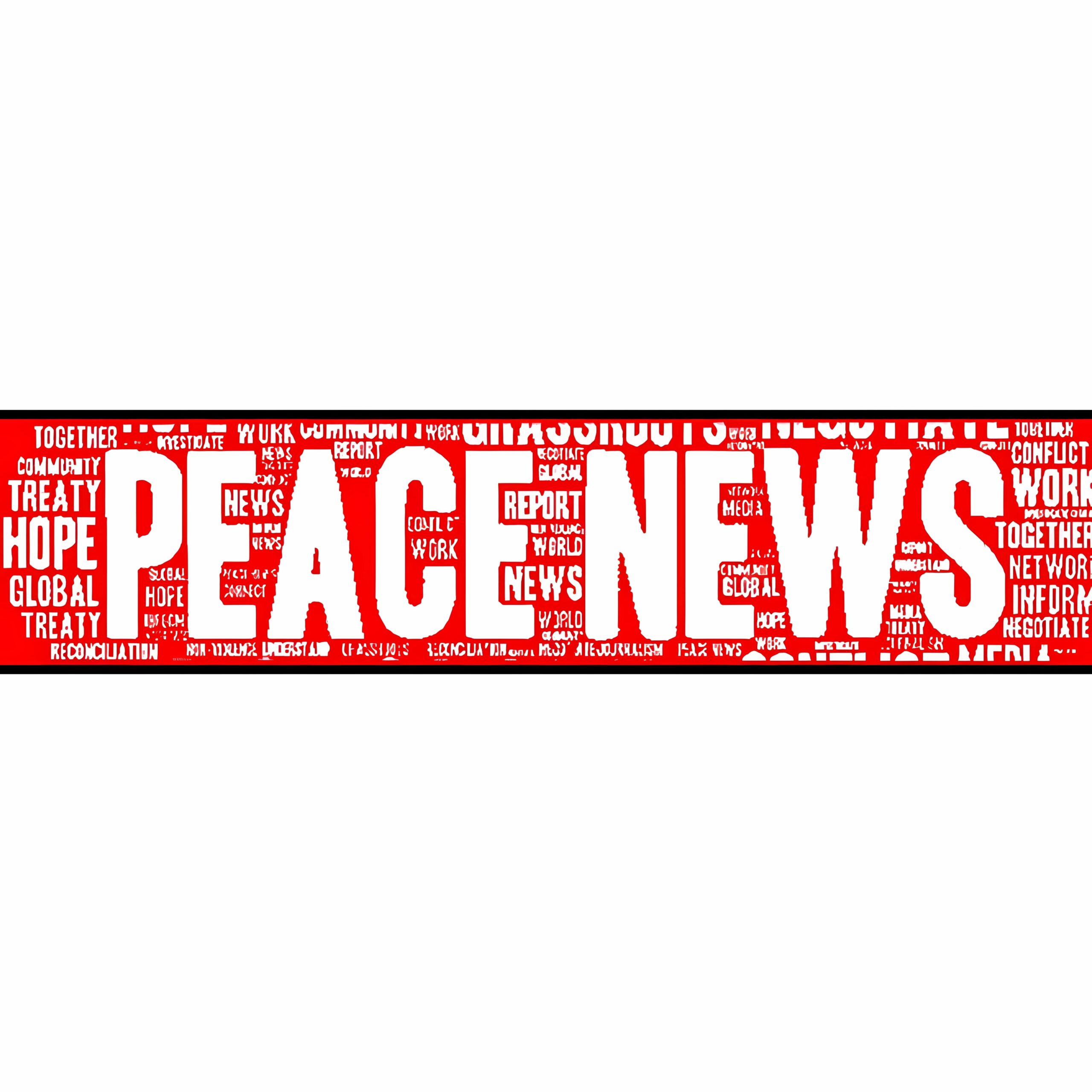When we hear about Rwanda we are often reminded of the horrific genocide that occurred there in 1994, claiming the lives of nearly 800,000 people.
But what we don’t hear about Rwanda is the incredible progress made along the path to reconciliation and recovery.
Since the genocide that saw the mass murder of the Tutsi population at the hands of a Hutu government, the country has been grappling with reconciliation. The ruling Rwandan Patriotic Front (RPF) has instituted a broad social engineering project designed to “never again” allow the scourge of genocide to “take root in the hearts and minds” of Rwandans.
National and local courts (called Gacaca courts) held trails of those accused of genocide crimes and a National Unity and Reconciliation Commission was established in 1999. The commission oversees peace education, trauma counselling, research into causes of the conflict, and training of local leaders.
“I used to cry when I heard the stories, and I didn’t think it was possible to forgive the people who killed my family,” genocide survivor Marie Mukagasana told Trócaire.
“They talked to us and slowly we were able to stop crying, and talk about the past,” Ms Mukagasana said.
“We felt strong enough to get some training, and after the training things changed. When we met we started to talk, to say ‘hello, how are you?'”
One of the areas in which the reconciliation process has shown strength is in a gender-inclusive approach.
Rwanda is now one of the few countries in the world that meets the goal of having a 30 percent female quota in parliament. Nearly 64 percent of members of its lower house of Parliament are women, far exceeding countries like the USA and Australia.
But according to some observers, the Rwandan reconciliation presents difficulties as an essentially “top-down” approach. Rwanda’s self-stated success in reconciling Hutu and Tutsi communities results from a centralized approach, and victims reconcile in spaces shaped by an official narrative of history.
With this kind of program there isn’t much room for diversity – the concept of “one Rwanda” may overlook different accounts of the genocide. Academics like Susan Thomson warn that there needs to be a more individual, grass-roots approach.
“We have a situation in Rwanda where elites tend to put forward ideas that are quite at odds with how regular people live their lives, and this is not new perse under the RPF, it’s something that has deep historical roots,” Dr Thomson told Peace News.
“If I were to make a suggestion it would be to allow trust to emanate from the government for the people, in the hopes that overtime there would be space for healing, space for dialogue, space for conversation,” she said.
Cover Photo by Trócaire.







